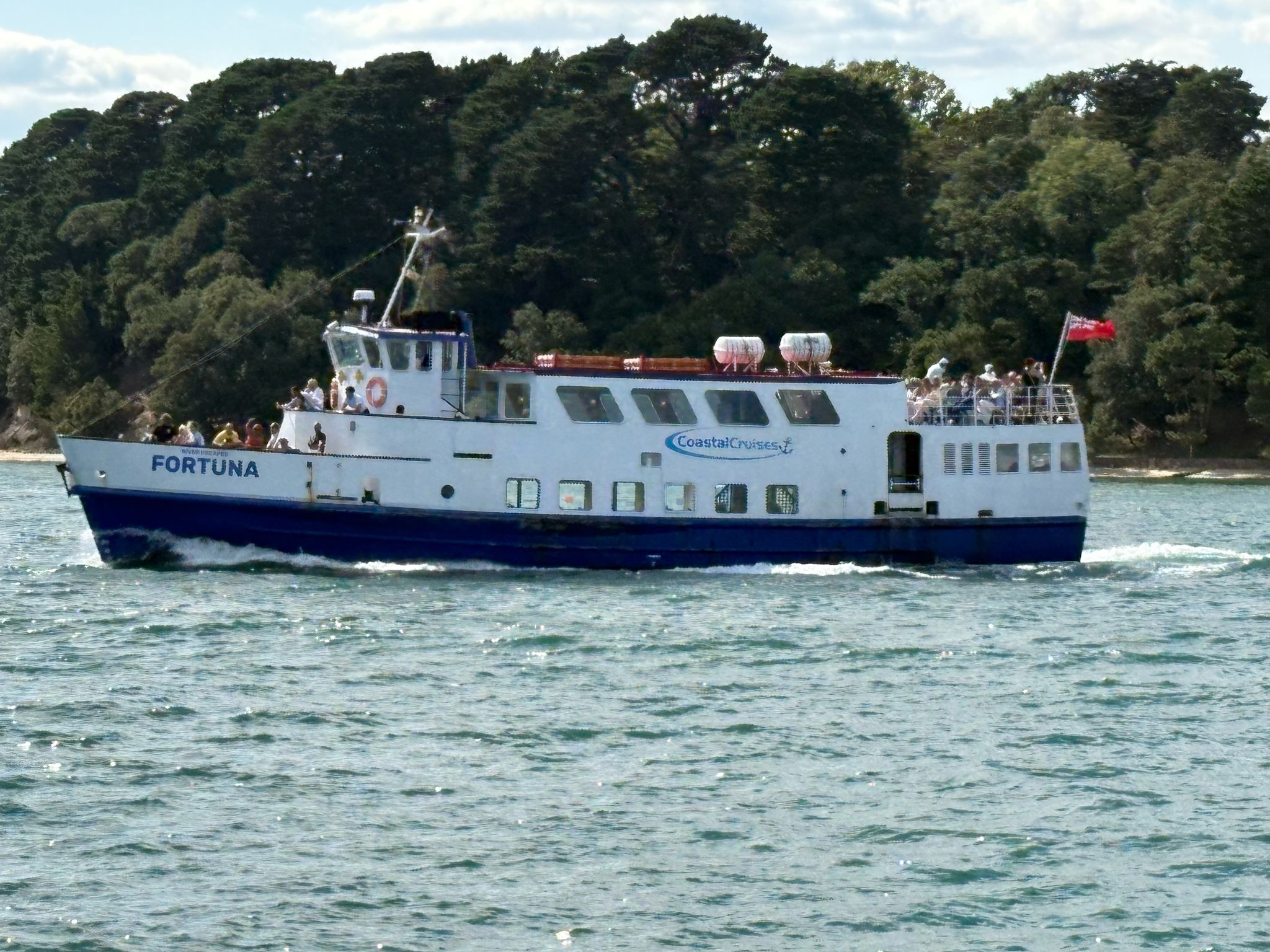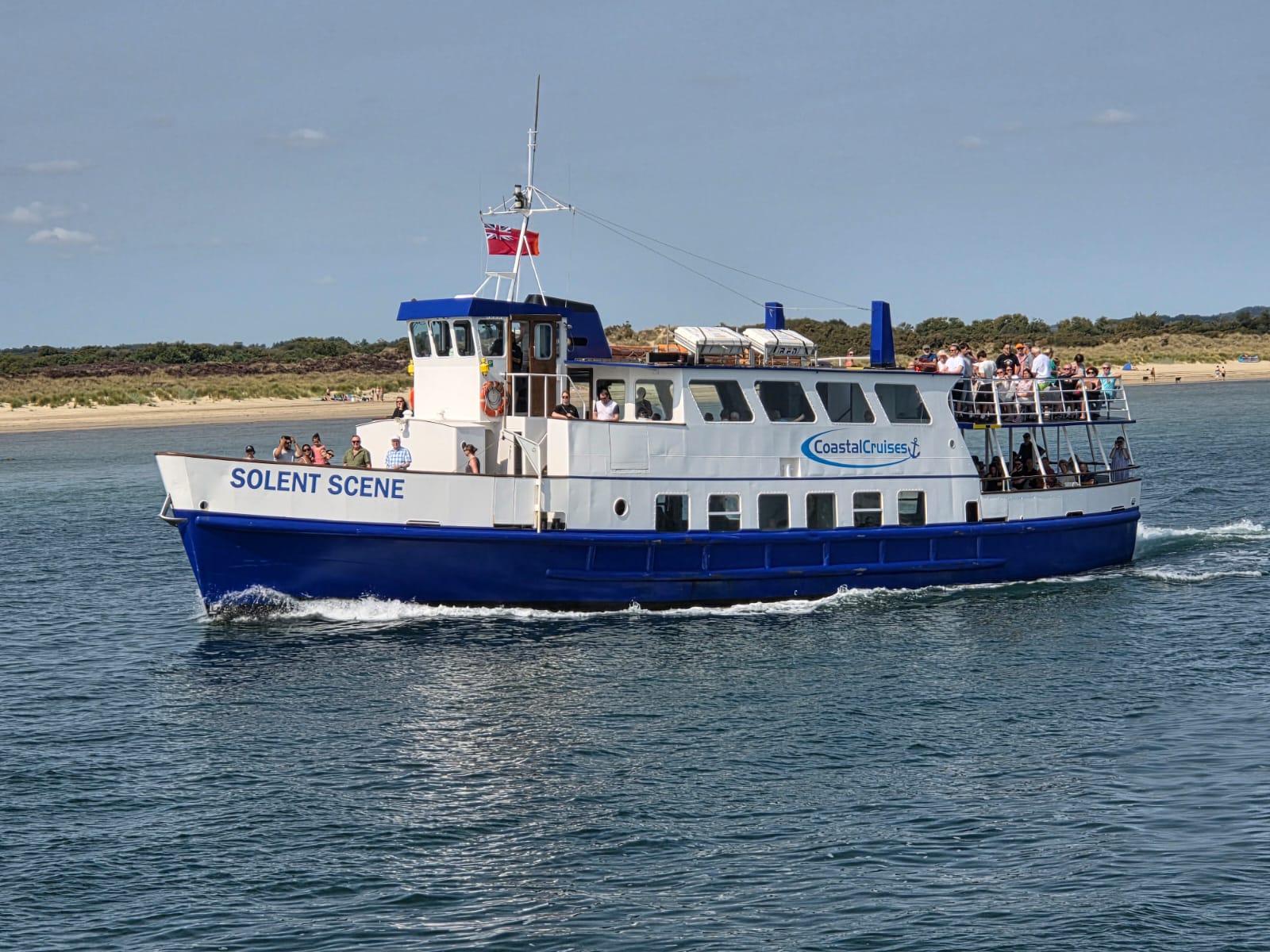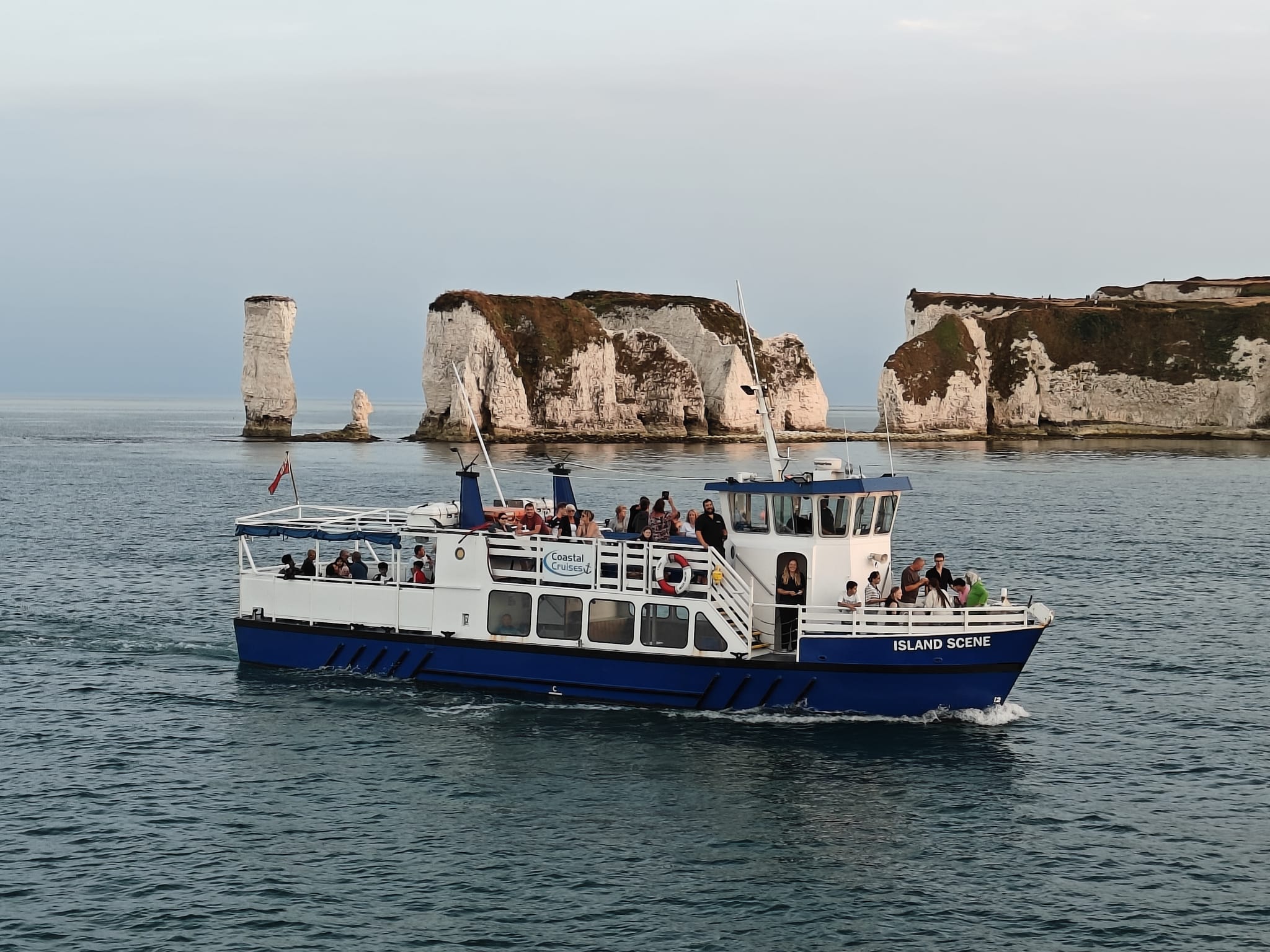Investing in a passenger vessel is more than just buying a boat—it’s acquiring the foundation of a business. Whether you’re running a sightseeing operation, coastal ferry services, or expanding into corporate and event charters, the decision requires careful planning. From compliance to customer experience, so where do we start?
Define Our Business Model
We start by being crystal clear about how we’ll generate more revenue:
- Tourism & sightseeing cruises – visibility, comfort, and commentary systems are essential.
- Transport/ferry services – speed, fuel efficiency, and reliable schedules take priority.
- Private hire & events – catering space, flexible seating, entertainment facilities, and a premium finish matter most.
- Specialist trips (wildlife watching, themed cruises, etc.) – open deck space and stability are key.
The business model determines the vessel’s design, size, and features.
Navigate Regulations and Compliance
Passenger vessels must meet strict legal standards. Before committing to a purchase, we need to consult our local maritime authority. Key considerations:
- Certification – Passenger Safety Certificates, MCA Certification (UK), or equivalent.
- Capacity – Based on stability and lifesaving equipment, not just size.
- Safety – Liferafts, firefighting equipment, and accessibility compliance.
- Crew qualifications – Ensure we can staff the vessel legally.
⚠️ Tip: Buying a boat that doesn’t already comply with your region’s standards can lead to expensive refits and delays.
Assess Vessel Design and Capacity
We need to match the boat to our target market and routes:
- Passenger numbers – Don’t just maximise – balance revenue potential with running costs.
- Layout – Indoor vs. outdoor seating, catering areas, bar facilities, toilets.
- Weather resilience – Enclosed spaces for year-round use in colder climates.
A well-thought-out layout increases comfort, passenger satisfaction, and repeat business.
Finance and ROI Considerations
Buying a passenger boat is a massive investment. Beyond the purchase price we have to factor in:
- Survey and refit costs – Essential for second-hand vessels.
- Insurance – Passenger liability, hull cover, and public indemnity.
- Mooring, harbour dues, and fuel – Often overlooked, but substantial ongoing costs.
- Crew wages and training – The biggest ongoing operating expense.
- Marketing and branding – A beautiful boat won’t fill itself.
Before buying we need to build a financial model: projected ticket sales, charter income, and operating costs. This will help us determine our payback period and long-term profitability.
New Build vs. Second-Hand
- New builds: Custom-designed for our business, efficient, and long-lasting—but with higher capital cost and longer lead times.
- Second-hand: Faster to acquire and cheaper up front, but may require significant upgrades.
We already have 3 vessels which have proven the market so buy another second hand or commission a new build?
Due Diligence: Surveys and Trials
Always conduct:
- Independent marine survey – To identify structural, mechanical, and safety issues.
- Sea trial – To test handling, fuel efficiency, speed, and passenger comfort.
- Paperwork check – Certification, maintenance records, and ownership history.
This due diligence protects our investment and strengthens negotiations.
Build the Passenger Experience
Buying the boat is step one—turning it into a profitable business is step two. We need to think about:
- Branding and livery to stand out in the harbour.
- Comfortable seating, good sightlines, and quality sound systems.
- Onboard services (food, drinks, entertainment).
- Training staff to deliver exceptional customer service.
The customer journey doesn’t start at the gangway – it starts long before.
Final Thoughts
A passenger boat is not just a purchase—it’s the heart of our business. Choosing wisely requires balancing regulations, operating costs, and customer expectations. With a clear business plan, thorough research, and expert advice, we will secure a vessel that delivers both a memorable passenger experience and a healthy return on investment.



